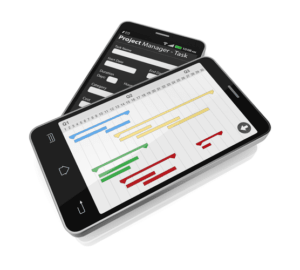Bookkeeping
Unearned Revenue: What It Is, How It Is Recorded and Reported

More specifically, the seller (i.e. the company) is the party with the unmet obligation instead of the buyer (i.e. the customer that already issued the cash payment). Suppose a SaaS company has collected upfront cash payment as part of a multi-year B2B customer contract. So, as the seller delivers on the performance promise, the unearned revenue is converted into earned revenue. For more information on debit and credit entries check out our double-entry bookkeeping guide for small businesses.
You first need to determine the monthly interest rate by dividing 3% by twelve months (3%/12), which is 0.25%. The monthly interest rate of 0.25% is multiplied by the outstanding principal balance of $10,000 to get an interest expense of $25. The scheduled payment is $400; therefore, $25 is applied to interest, and the remaining $375 ($400 – $25) is applied to the outstanding principal balance. Next month, interest expense is computed using the new principal balance outstanding of $9,625. These computations occur until the entire principal balance is paid in full. The contractor enters $200,000 into their accounting software as a debit to cash and a credit to unearned revenue.
Save time and money on a customized accounting plan
Some states do not have sales tax because they want to encourage consumer spending. Those businesses subject to sales taxation hold the sales tax in the Sales Tax Payable account until payment is due to the governing body. Interest payable can also be a current liability if accrual of interest occurs during the operating period but has yet to be paid. Interest accrued is recorded in Interest Payable (a credit) and Interest Expense (a debit). This method assumes a twelve-month denominator in the calculation, which means that we are using the calculation method based on a 360-day year.
A note payable is usually classified as a long-term (noncurrent)
liability if the note period is longer than one year or the
standard operating period of the company. However, during the
company’s current operating period, any portion of the long-term
note due that will be paid in the current period is considered a
current portion of a note payable. The outstanding
balance note payable during the current period remains a noncurrent
note payable.
How Unearned Revenue is Recorded
Other common examples of unearned income include rental payments, prepaid insurance, prepaid services, and subscriptions. So, since unearned revenue is considered a current responsibility, it falls under liabilities in the company’s balance sheet. It represents potential future income, indicating a solid base of customer orders or commitments. How a company handles is unearned revenue a current liability unearned revenue can tell you a lot about its financial state. Properly managing this revenue means the company is good at handling its cash and meeting its future obligations, which are important for keeping the business stable and reliable. The strategic management of unearned revenue is about turning a journal entry into a tool for business insight and growth.
- Integrating this innovative tool can make financial analysis seamless for your SaaS company, and you can start a free trial today.
- When this happens, sometimes the transaction is recorded differently, resulting in the revenue being overstated and liabilities being understated.
- The recognition of unearned revenue relates to the early collection of cash payments from customers.
- Our software products and free templates can greatly limit the time you spend on accounting.
- The customer’s advance payment for landscaping is recognized in the Unearned Service Revenue account, which is a liability.